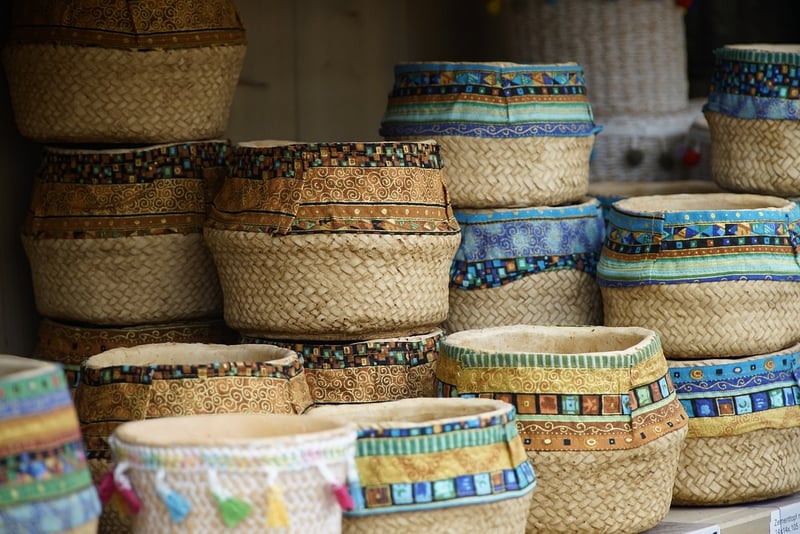Ethnic Spices
Exploring Key Components of Ethnic Spices
When it comes to adding depth, flavor, and character to dishes, ethnic spices play a crucial role in elevating culinary experiences. These exotic and aromatic ingredients are not only known for their taste but also for their cultural significance. Let's delve into the key components that make ethnic spices a must-have in your kitchen.
1. Cumin
Cumin is a staple spice in many cuisines, including Mexican, Indian, Middle Eastern, and North African. Its warm, earthy flavor with a hint of citrusy notes adds a distinct taste to dishes like chili, curry, and falafel.

2. Turmeric
Turmeric is widely used in South Asian and Middle Eastern cuisines. Known for its vibrant yellow color and warm, slightly bitter taste, turmeric is a key ingredient in curry powders and spice blends. It also offers various health benefits due to its active compound, curcumin.

3. Paprika
Paprika is a spice made from dried and ground red peppers. It is commonly used in Spanish, Hungarian, and Indian cuisines. Paprika comes in sweet, smoked, or hot varieties, adding color and flavor to dishes like stews, soups, and rice dishes.

4. Garam Masala
Garam masala is a fragrant blend of ground spices commonly used in Indian and South Asian cuisines. It typically includes cinnamon, cardamom, cloves, cumin, and coriander. This spice mix adds warmth and depth to dishes like curries, soups, and grilled meats.

5. Za'atar
Za'atar is a versatile Middle Eastern spice blend made from dried thyme, sumac, sesame seeds, and salt. It is often mixed with olive oil and used as a dip or sprinkled over bread, salads, or roasted vegetables for a tangy and aromatic flavor.

Introduce these key components of ethnic spices to your kitchen and embark on a culinary journey filled with vibrant flavors and rich cultural heritage.
Explore more about ethnic spices here.
